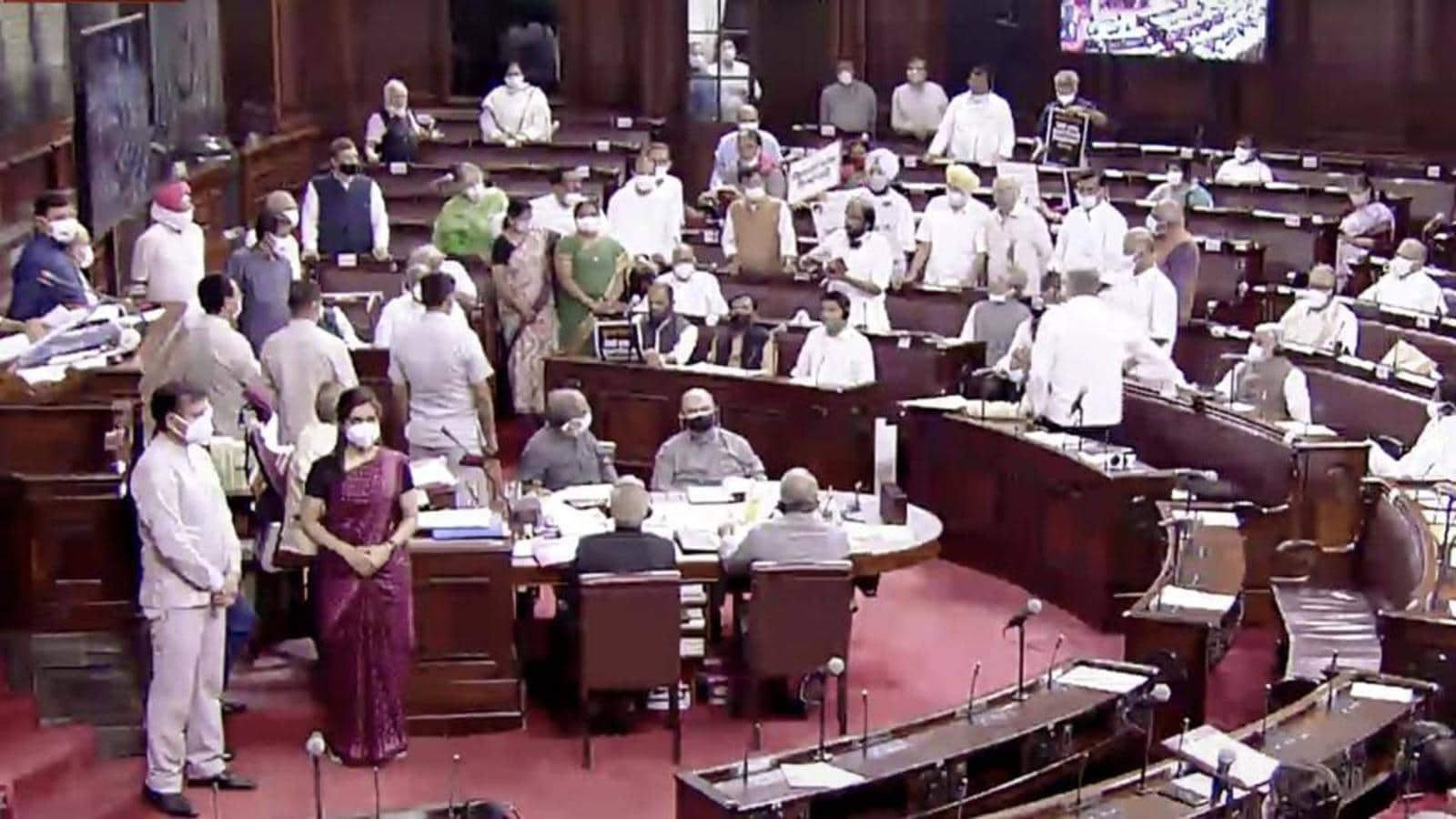INDIAN FOREIGN POLICY
The foreign policy of a sovereign nation depends upon its self-interest hence India has an independent foreign policy. Its basis is Vasudev kutumbkam (the whole world is like a village). India supports world peace,co-existence, disarmament it opposes apartheid, imperialism, aggression ..Basic pillars of I.F.P are as follows –
- To safeguard India's sovereignty, unity & integrity.
- To promote democratic, secular values all over the world.
- To ensure & secure a stable environment congenial for unhindered economic growth worldwide.
- To maintain friendly relations with the world especially with the neighboring countries
- To create an environment to promote co-existence all over the world.
Peaceful use of maritime resources & respect for each other EEZ (exclusive economic zone -200NM)
- India is an ardent supporter of nuclear disarmament and it advocates no first use against non-nuclear nations. .
- India wants a comprehensive ban on nuclear testing.
- India wants a comprehensive ban On biological & toxic weapons.
- India is an ardent supporter of the U.N.O. but India wants its democratization.
- I.F.P is based on self-respect, it does not want to become a puppet of any kind of military alliance hence it favors non-alignment.
- India is an ardent supporter of human rights hence some human rights are constitutional rights & others are statutory rights in India.
- No first fuse of nuclear against a non-nuclear state.
Panchsheel
Indian Policymakers understood the linkage between peace and development and the survival of mankind
Panchsheel / Five Principles of Peaceful Co-existence was signed on 29p April 1954 and since then it has become a guiding principle of India’s bilateral relations with other countries.
Panchsheel includes the following five principles of foreign policy:
- Mutual respect’s territorial integrity and sovereignty.
- Non-aggression against each other.
- Non-interference in each other’s internal affairs.
- Equality and mutual benefit.
- Peaceful co-existence.
These principles of Panchsheel were later incorporated in the Bandung Declaration, signed in the Afro-Asian Conference held in 1955 in Indonesia.
They are the core principles of the Non-Alignment Movement (NAM)
Policy of Non-alignment
Non-alignment is the most important feature of India’s foreign policy. Its core element is to maintain independence in foreign affairs by not joining any military alliance formed by the USA and the Soviet Union, which emerged as an important aspect of Cold War politics after the Second World War.
Non-alignment was neither neutrality nor non-involvement nor isolationism. It was a positive and dynamic concept.
It postulates taking an independent stand on international issues according to the merits of each case but at the same time not committing to coming under the influence of any military bloc.
Furthermore, Non-Alignment gained popularity in developing countries. Thus, keeping away from the military alliances and superpower blocks was important for the independence of Foreign Policy.
Act East Policy
The new Government under Prime Minister Narendra Modi has given the Look East Policy a new dimension. It tries to make the initiatives taken under the Look East Policy (the 1990s under the then Prime Minister of India P V Narasimha Rao.) more proactive and hence it has been termed Look East Policy 2.0 by some defense analysts.
The Act East policy envisages accelerated across-the-board engagement between the two growth poles of a vibrant Asia, that is, India and ASEAN countries.
It also articulates India’s effort aimed at bolstering extensive strategic and economic ties with Southeast Asian countries to tap them for greater investment.
The investment is especially aimed at the infrastructure sector and also to connect trade points in the region.
Commerce, Culture, and Connectivity would be the three pillars of India’s robust engagement with ASEAN.
Look East & Act East
The policy will bring greater economic benefit to the northeastern region in India and would possibly act a counterweight to the influence of China in the region.AEP provides an interface between North East India including the state of Arunachal Pradesh and the ASEAN region.
Various plans at bilateral and regional levels include steady efforts to develop and strengthen connectivity of Northeast with the ASEAN region through trade, culture, people-to-people contacts and physical infrastructure (road, airport, telecommunication, power, etc.).
Some of the major projects include Kaladan Multi-modal Transit Transport Project, the India-Myanmar-Thailand Trilateral Highway Project, Rhi-Tiddim Road Project, Border Haats, etc.


Our economic engagement with ASEAN has been stepped up – regional integration and implementation of projects are priorities.
The ASEAN-India Agreement on Trade in Service and Investments has entered into force for India and seven ASEAN countries from 1 July 2015.
The ASEAN-India Trade Negotiating Committee has been tasked to undertake a review of the ASEAN-India Trade in Goods Agreement. India has also invited ASEAN member states to participate in the International Solar Alliance which it has co-launched with France on 30 November 2015 at COP-21.
On strategic issues, we have increasing convergence on security interests with key partners both in bilateral and multilateral format. Closer cooperation in combating terrorism, collaborating for peace and stability in the region and promotion of maritime security based on international norms and laws are being pursued.
Neighborhood first policy
The most significant initiative made by India's Narendra Modi regime is the focus on neighbouring countriesand major Asian powers coupled with an emphasis on the two decades oldLook East policy. Asia being the major focus area of his foreign policy, Modi and his Foreign MinisterSushma Swaraj chose several Asian countries for their initial bilateral visits.
He has made state visits toBhutan and Nepal within the first one-hundred days of his government. Swaraj, too, would keep Thimpu, Bhutan, Dhaka, Bangladesh, Kathmandu, Nepal among top of her travel itineraries as foreign minister.
Look West Policy
What is Look West Policy?
Look West Policy is related with the West Asian nations.
It was adopted by the Indian government in 2005 .
In recent years, under the present government, the same strategy has been follo
Currently, the Look West Policy focuses on-
The Arab Gulf countries
Israel
Iran
The Gulf region has become a major economic partner, is home to over 4 million Indians and a major source of oil and gas.
This has resulted in increased interaction, enhanced trade and economic relations and launch of negotiations towards FTA with the Gulf Cooperation Council (GCC) countries. The Government is keen to cooperate with the Gulf countries in the promotion of peace and stability in the region. It has appointed a Special Envoy for the Gulf and West Asia.
Advantages of the ‘Look-West’ Policy
An India-Pakistan reconciliation would increase r regional economic integration .
The geopolitical significance of Pakistan.
Pakistan could become a link /Transit route between the Indian subcontinent and the energy-rich region.
Resolving the Kashmir issue is vital for unleashing the geo-economic potential of the region.
The building of pipelines across Pakistan’s territory would also make it easy to construct highways linking India with Afghanistan and Iran.
Tracks of diplomacy adopted by India
-Track 1 -diplomacy:
Diplomacy involving high-level political and military leaders and focusing on cease-fires, peace talks, and treaties and other agreements.
-Track 2(Back Track) diplomacy:
Unofficial dialogue and problem-solving activities aimed at building relationships and encouraging new thinking that can inform the official process. Track 2 activities typically involve influential academic, religious, and NGO leaders and other civil society actors who can interact more freely than high-ranking officials.
Some analysts use the term track 1.5 to denote a situation in which official and non-official actors work together to resolve conflicts.
-Track 3 diplomacy:
People-to-people diplomacy undertaken by individuals and private groups to encourage interaction and understanding between hostile communities and involving awareness raising and empowerment within these communities.
Normally focused at the grassroots level, this type of diplomacy often involves organizing meetings and conferences, generating media exposure, and political and legal advocacy for marginalized people and communities.
-Multitrack diplomacy:
A term for operating on several tracks simultaneously, including official and unofficial conflict resolution efforts, citizen and scientific exchanges, international business negotiations, international cultural and athletic activities, and other cooperative efforts. These efforts could be led by governments, professional organizations, businesses, churches, media, private citizens, training and educational institutes, activists, and funders.
India relations with different nations
India – China ,India – Pak, India – Russia ,India – Nepal, India – Bhutan ,India – Srilanka ,India – Afghanistan, India – Bangladesh ,India – USA, India – Israel ,India – Burma
As already discussed before
Role of India in the world
India & UNO, India & Non alignment, India & SAARC, India & G-8, India & G20, India & EU
India & IBSA, India & ASEAN, India & Bimstec, India & BRIC, India & WTO
India’s Nuclear Capabilities
India’s nuclear capabilities are not known with any certainty. India is thought to have anywhere between 70 and 100 nuclear warheads. India has significant stores of fissile materials, as much as ten tons. This would be sufficient for as many as 1000 warheads if it were all to be used for nuclear warheads. However, most of this stockpile appears intended for feeding India’s indigenously built fast breeder reactors.
Though the Indian guided missile development programme is almost a quarter century old, it has yet to develop a long-range missile capable of targeting all of China.
Agni-V is an intercontinental ballistic missile developed by the Defence Research and Development Organisation (DRDO) of India.
Agni V is part of the Agni series of missiles, one of the missile systems under the original Integrated Guided Missile Development Program.
According to DRDO chief, the exact range of Agni V is "classified" or "understated"but afterwards he described Agni V as a missile with a range of 5,500–5,800 km.
----------------------------



.jpg)
.jpg)
.jpg)
.jpg)
.jpg)
.jpg)





